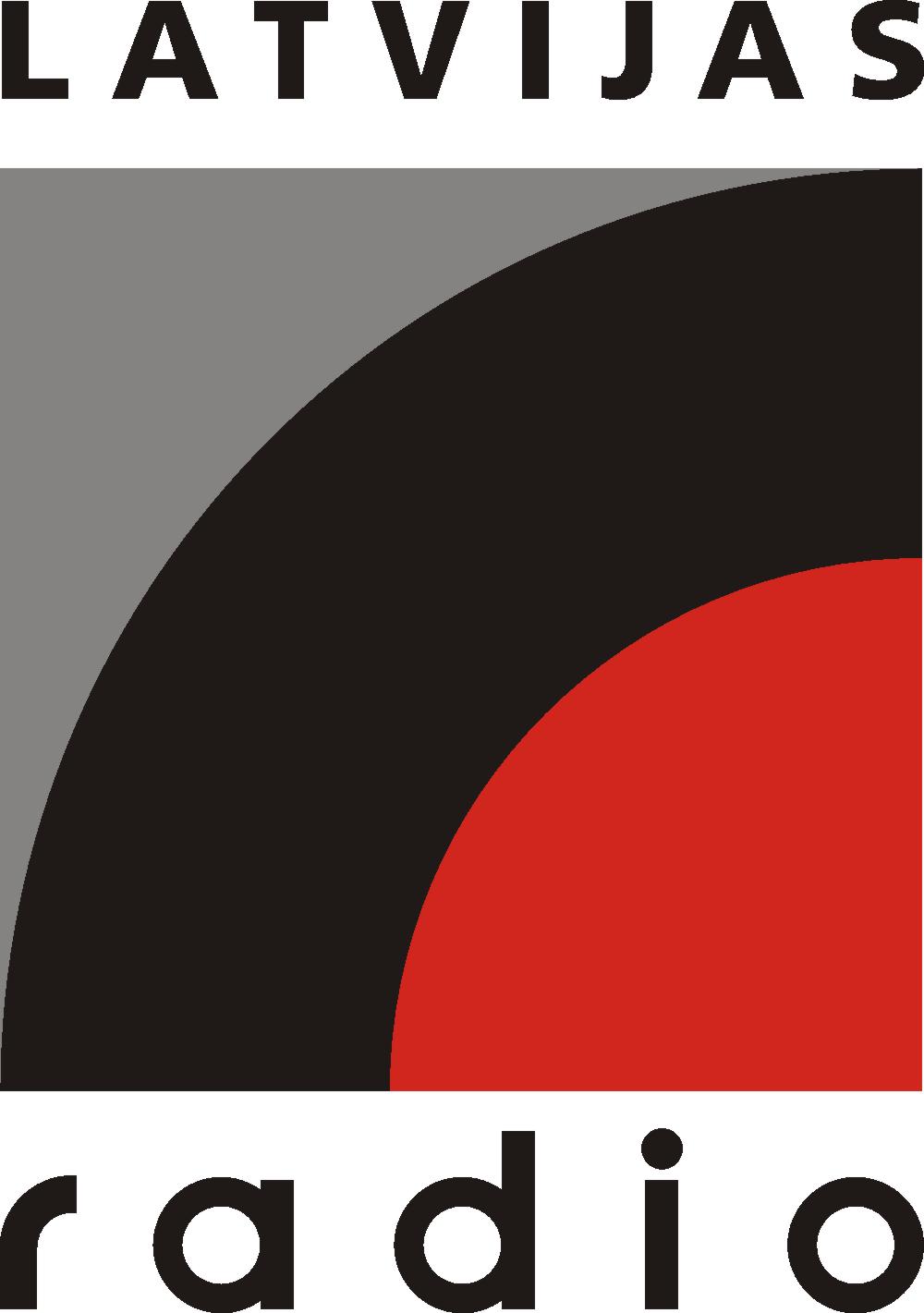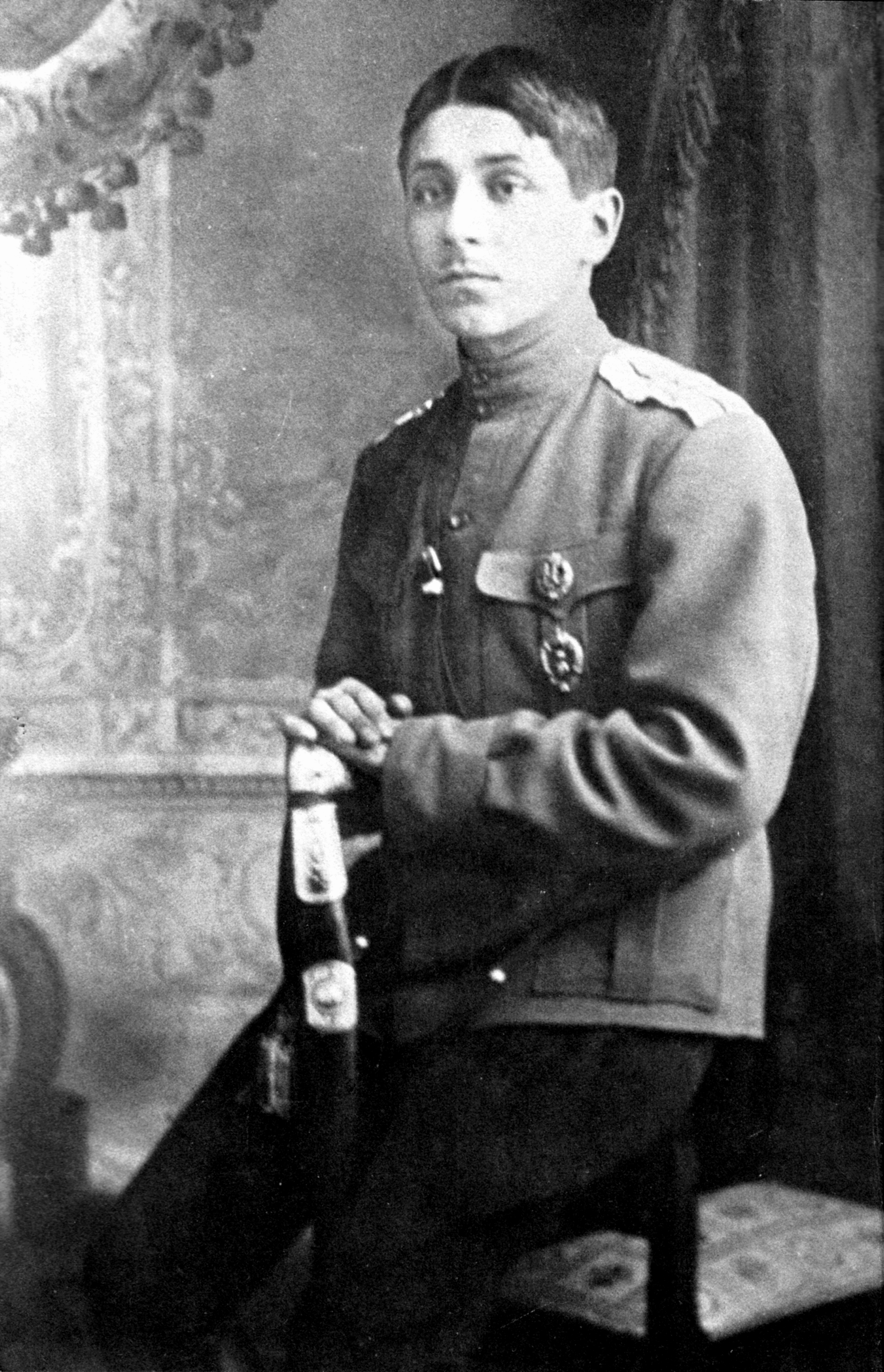|
Rodrigo Fomins
Rodrigo Fomins better known by the stage name Igo (born 29 June 1962, Liepāja, Latvian Soviet Socialist Republic, USSR) is a Soviet and Latvia, Latvian singer, poet and composer of rock and other music styles. Biography His mother is Irina Tīre, an artist and photographer, whilst his brother, Ivo Fomins, is also a singer. Igo studied playing the violin, and is a singer and producer. One of the most popular singers in the 1980s, he was lead singer for Latvian bands Corpus, Līvi (band), Livi and :lv:Remix, Remix and in the jazz quartet Liepājas kvartets. In 1986, Igo won the Grand Prix during The Soviet Young Singers Competition known as "Jūrmala-86" with the song "Грибной дождь" and took part in the TV festival "Song of the Year" in Moscow with "Путь к свету" (composed by Raimonds Pauls and :ru:Резник, Илья Рахмиэлевич, Ilya Reznik) as well he got a 2nd Place and The Audience Main Prize in The International Singer Festival "Man and ... [...More Info...] [...Related Items...] OR: [Wikipedia] [Google] [Baidu] |
Liepāja
Liepāja (; liv, Līepõ; see #Names and toponymy, other names) is a state city in western Latvia, located on the Baltic Sea. It is the largest-city in the Kurzeme Planning Region, Kurzeme Region and the third-largest city in the country after Riga and Daugavpils. It is an important ice-free port. The population in 2020 was 68,535 people. In the 19th and early 20th century, it was a favourite place for sea-bathers and travellers, with the town boasting a fine park, many pretty gardens and a theatre. Liepāja is however known throughout Latvia as "City where the wind is born", likely because of the constant sea breeze. A song of the same name ( lv, "Pilsētā, kurā piedzimst vējš") was composed by Imants Kalniņš and has become the anthem of the city. Its reputation as the windiest city in Latvia was strengthened with the construction of the largest wind farm in the nation (33 Enercon wind turbines) nearby. The coat of arms of Liepāja was adopted four days after the jurisdic ... [...More Info...] [...Related Items...] OR: [Wikipedia] [Google] [Baidu] |
Zigmars Liepiņš
Zigmars Liepiņš (born 14 October 1952 in Liepāja, Latvian SSR, USSR (now: Latvia) is a Latvian composer, keyboard player and the chairman of the board for the Latvian National Opera. Liepiņš has written songs for choirs, solo artists, orchestras, films, theatres, and operas. Early life and education Zigmars Liepiņš was born in a family of musicians in Liepāja on 14 October 1952. His father Jānis Liepiņš was a violinist and the first person in Liepāja to learn how to play an electric guitar, he also had an important role in the foundation of Liepāja rock. His mother Lidija had a diploma is singing. The first opera Liepiņs saw was Pyotr Tchaikovsky's '' The Queen of Spades'' in Liepāja Theatre in early childhood. In 1971 he graduated from Liepāja Music Secondary School (now Liepāja Music, Art and Design Secondary School) and from Latvian State Conservatoire in 1976 (now – Jāzeps Vītols Latvian Academy of Music). Career At the age of seventeen, he starte ... [...More Info...] [...Related Items...] OR: [Wikipedia] [Google] [Baidu] |
Arena Riga
Arena Riga ( lv, Arēna Rīga) is an indoor arena in Riga, Latvia. It is primarily used for ice hockey, basketball and concerts. Arena Riga holds a maximum of 14,500 and was opened on 15 February 2006. It was built to be used as one of the venues for the 2006 IIHF World Championship, the other being Skonto Arena. The arena was designed by the Canadian company SCI Architects and Latvian firms SIA Merks and SIA Nams. History The 11,000-seat arena was constructed as a requirement for hosting the 2006 IIHF World Championship. Its construction overseen by Latvian Ice Hockey Federation president Kirovs Lipmans was delayed due to disagreements on the construction contract and finding an investor to fund the project. ''The Baltic Times'' reported that Lipmans was to blame for the delays, and that he was asked to resign for a conflict of interest in owning shares in the arena's management company. It has been home to the Latvian national ice hockey team ever since and the Konti ... [...More Info...] [...Related Items...] OR: [Wikipedia] [Google] [Baidu] |
Intangible Cultural Heritage
An intangible cultural heritage (ICH) is a practice, representation, expression, knowledge, or skill considered by UNESCO to be part of a place's cultural heritage. Buildings, historic places, monuments, and artifacts are cultural property. Intangible heritage consists of nonphysical intellectual wealth, such as folklore, customs, beliefs, traditions, knowledge, and language. Intangible cultural heritage is considered by member states of UNESCO in relation to the tangible World Heritage Site, World Heritage focusing on intangible aspects of culture. In 2001, UNESCO made a survey among States and Non-governmental organization, NGOs to try to agree on a definition, and the Convention for the Safeguarding of the Intangible Cultural Heritage was drafted in 2003 for its protection and promotion. Definition The Convention for the Safeguarding of the Intangible Cultural Heritage defines the intangible cultural heritage as the practices, representations, expressions, as well as the kn ... [...More Info...] [...Related Items...] OR: [Wikipedia] [Google] [Baidu] |
UNESCO
The United Nations Educational, Scientific and Cultural Organization is a specialized agency of the United Nations (UN) aimed at promoting world peace and security through international cooperation in education, arts, sciences and culture. It has 193 member states and 12 associate members, as well as partners in the non-governmental, intergovernmental and private sector. Headquartered at the World Heritage Centre in Paris, France, UNESCO has 53 regional field offices and 199 national commissions that facilitate its global mandate. UNESCO was founded in 1945 as the successor to the League of Nations's International Committee on Intellectual Cooperation.English summary). Its constitution establishes the agency's goals, governing structure, and operating framework. UNESCO's founding mission, which was shaped by the Second World War, is to advance peace, sustainable development and human rights by facilitating collaboration and dialogue among nations. It pursues this objective t ... [...More Info...] [...Related Items...] OR: [Wikipedia] [Google] [Baidu] |
Courland
Courland (; lv, Kurzeme; liv, Kurāmō; German and Scandinavian languages: ''Kurland''; la, Curonia/; russian: Курляндия; Estonian: ''Kuramaa''; lt, Kuršas; pl, Kurlandia) is one of the Historical Latvian Lands in western Latvia. The largest city is Liepāja, the third largest city in Latvia. The regions of Semigallia and Selonia are sometimes considered as part of Courland as they were formerly held by the same duke. Geography and climate Situated in western Latvia, Courland roughly corresponds to the former Latvian districts of Kuldīga, Liepāja, Saldus, Talsi, Tukums and Ventspils. When combined with Semigallia and Selonia, Courland's northeastern boundary is the Daugava, which separates it from the regions of Latgale and Vidzeme. To the north, Courland's coast lies along the Gulf of Riga. On the west it is bordered by the Baltic Sea, and on the south by Lithuania. It lies between 55° 45′ and 57° 45′ North and 21° and 27° East. The name is also ... [...More Info...] [...Related Items...] OR: [Wikipedia] [Google] [Baidu] |
Jūrkalne
Jūrkalne is a village in Latvia. It is the centre of a parish of the same name within Ventspils Municipality on the Baltic coast. Its former German name was Feliksberg (Felixberg), but its former Latvian name was Medeņciems (Meddenzeem).Das Inland. Eine Wochenschrift für Liv-, Esth- und Curländische Nr. 44, (15. August, 1844) S. 522 Jūrkalne was the birthplace of Abraham Zevi Idelsohn Abraham Zevi Idelsohn ( he, אַבְרָהָם צְבִי אידלסון ''Avrohom Tzvi Idelsohn'' in Ashkenazi Hebrew; middle name also rendered ''Tzvi'', ''Zvi'', ''Zwi'', or ''Zebi''; June 11, 1882 – August 14, 1938) was a prominent Jewish ..., the Jewish ethnologist and musicologist. References Towns and villages in Latvia Ventspils Municipality {{courland-geo-stub ... [...More Info...] [...Related Items...] OR: [Wikipedia] [Google] [Baidu] |
Holy Trinity Cathedral, Liepāja
Liepāja Holy Trinity Lutheran Cathedral ( lv, Liepājas Svētās Trīsvienības katedrāle) is a historical Lutheran cathedral in Liepāja, Latvia. It is the seat of the Bishop of Liepāja, and principal church of the Diocese of Liepāja. History The foundation stone of the church was laid in 1742 and on December 5, 1758, the church was solemnly consecrated. The church interior and exterior architecture is built in the late baroque style with classic features. The cathedral interior is characterized by its Rococo features and luxurious furnishings with wood carvings and gold plating. The altar is 13 metres high and the cathedral is particularly notable for its organ with 131 stops, 4 manuals and over 7000 pipes, making it the largest mechanical organ in the world until 1968. It was the first large mechanical pipe organ in Latvia and was built by Henrich Andreas Concius in 1779. In 1865–1866, the building underwent its first major reconstruction – the original draft tower wa ... [...More Info...] [...Related Items...] OR: [Wikipedia] [Google] [Baidu] |
Hepatitis C
Hepatitis C is an infectious disease caused by the hepatitis C virus (HCV) that primarily affects the liver; it is a type of viral hepatitis. During the initial infection people often have mild or no symptoms. Occasionally a fever, dark urine, abdominal pain, and yellow tinged skin occurs. The virus persists in the liver in about 75% to 85% of those initially infected. Early on, chronic infection typically has no symptoms. Over many years however, it often leads to liver disease and occasionally cirrhosis. In some cases, those with cirrhosis will develop serious complications such as liver failure, liver cancer, or dilated blood vessels in the esophagus and stomach. HCV is spread primarily by blood-to-blood contact associated with injection drug use, poorly sterilized medical equipment, needlestick injuries in healthcare, and transfusions. Using blood screening, the risk from a transfusion is less than one per two million. It may also be spread from an infected mother to her ... [...More Info...] [...Related Items...] OR: [Wikipedia] [Google] [Baidu] |
Latvijas Radio
Latvijas Radio (shortened LR; literally "Latvia's Radio") is Latvia's national public-service radio broadcasting network. It began broadcasting on 1 November 1925, and has its headquarters in the Latvian capital, Riga. Latvijas Radio broadcasts six different channels in the FM band as well as via the internet: Latvijas Radio 1, Latvijas Radio 2, Latvijas Radio 3 – Klasika, Latvijas Radio 4 – Doma laukums, Latvijas Radio 5 – Pieci.lv, and Latvijas Radio 6 – Radio NABA. History Latvijas Radio is a national cultural institution, fostering radio drama, and organizing a radio choir as well as children's vocal groups. The organization's phonographic archives contain approximately 200,000 sound recordings. Latvijas Radio became a member of the European Broadcasting Union (EBU) on 1 January 1993. From the restoration of Latvia's independence in 1991 to 31 December 1992, it was a member of the International Radio and Television Organisation (OIRT). Since 2013, it has collabor ... [...More Info...] [...Related Items...] OR: [Wikipedia] [Google] [Baidu] |
Michail Zoščenko
Mikhail Mikhailovich Zoshchenko (russian: Михаи́л Миха́йлович Зо́щенко; – 22 July 1958) was a Soviet and Russian writer and satirist. Biography Zoshchenko was born in 1894, in Saint Petersburg, Russia, according to his 1953 autobiography. His Ukrainian father was an artist and a mosaicist responsible for the exterior decoration of the Suvorov Museum in Saint Petersburg.Introduction to ''Nervous People and Other Satires'' page viii His mother was Russian. The future writer attended the Faculty of Law at the Saint Petersburg University, but did not graduate due to financial problems. During World War I, Zoshchenko served in the army as a field officer, was wounded in action several times, and was heavily decorated. In 1919, during the Russian Civil War, he served for several months in the Red Army before being discharged for health reasons. He was associated with the Serapion Brothers and attained particular popularity in the 1920s as a satirist, b ... [...More Info...] [...Related Items...] OR: [Wikipedia] [Google] [Baidu] |




